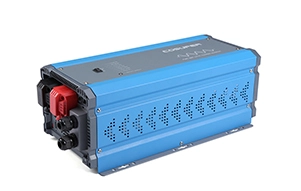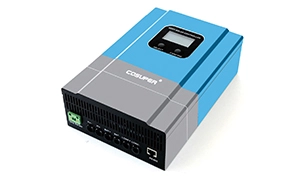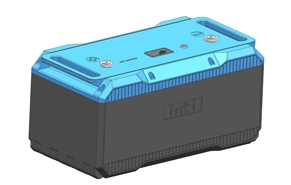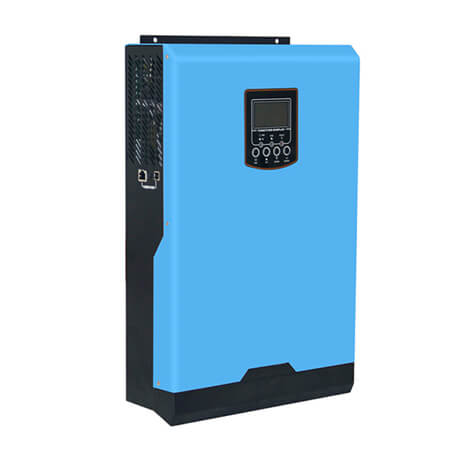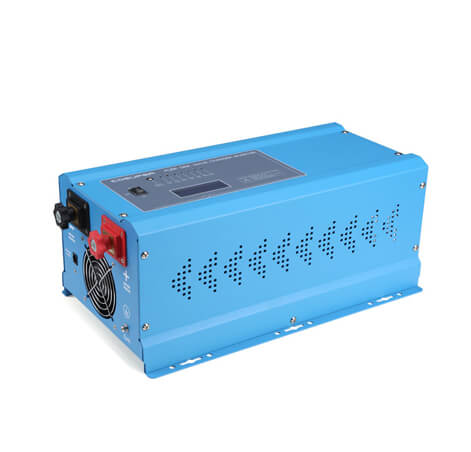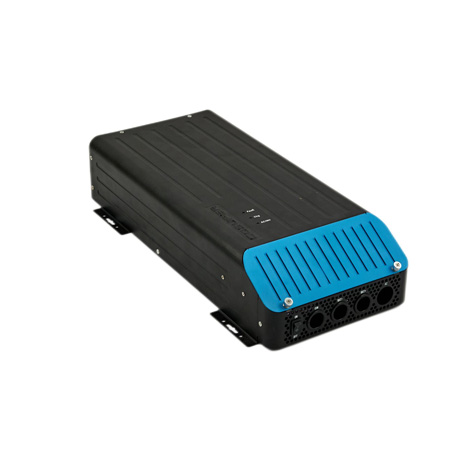When a new product is launched, it needs to undergo many tests to determine whether it meets requirements and is suitable for customer use in the field. Testing is also a critical and essential step for identifying potential issues with the new product. Today, let's talk about the overall conversion efficiency of solar inverters.
What is the overall conversion efficiency of the inverter?
The overall efficiency of a solar inverter refers to the ratio of DC power input to AC power output through the internal inverter and partial filtering of the inverter, which then outputs to the grid. This conversion efficiency is always less than 1 because the internal inverter circuit and related components have some losses and consume some energy. Thus, the output power will be smaller than the input power. The mathematical formula for overall conversion efficiency is: Inverter efficiency = Inverter output power/Inverter DC input power ×100%.
Standards for solar inverter conversion efficiency
Because solar inverters have some losses, national and enterprise standards have set a limit on the overall conversion efficiency to provide greater benefits to customers, standardize the inverter market, and ensure customer interests. These limits are not arbitrary but are derived from precise calculations and extensive testing. The conversion efficiency of inverters with transformers cannot be less than 94%, while that of inverters without transformers cannot be less than 96%. Enterprises are striving to increase the conversion efficiency of their products to remain competitive in the market.
How to improve the conversion efficiency of solar inverters?
Looking at the main circuit of the inverter, inverter circuits with transformers mainly have DC filters (or circuits), IGBTs (or other inverting modules), reactors, transformers, AC filters (or self-made filtering circuits), and wires. To improve the conversion efficiency of inverters, we can start from these areas.
The importance of the conversion efficiency of solar inverters
Improving the conversion efficiency of inverters is critical. For example, if we improve the conversion efficiency by 0.5%, a 500 KW inverter can produce nearly 13 kWh more per day under the most favorable weather conditions. This translates to almost 2,700 kWh more per year and 27,000 kWh more over ten years, equivalent to the power output of a 2.5 KW inverter station, saving customers the need for one 2.5 KW inverter. Therefore, we need to maximize inverter conversion efficiency to maximize customer benefits while also considering the cost of the inverter.
Testing the conversion efficiency of solar inverters
When testing the conversion efficiency of inverters, we should consider not just the maximum efficiency of the inverter but also test for each load and obtain the efficiency curve of the entire load. This is crucial for the benefit of customers, the country, and the environment. Therefore, when engaging in research and testing work, we must carefully consider the issue of the conversion efficiency of solar inverters and strive to achieve maximum efficiency while taking into account actual conditions.

 English
English 